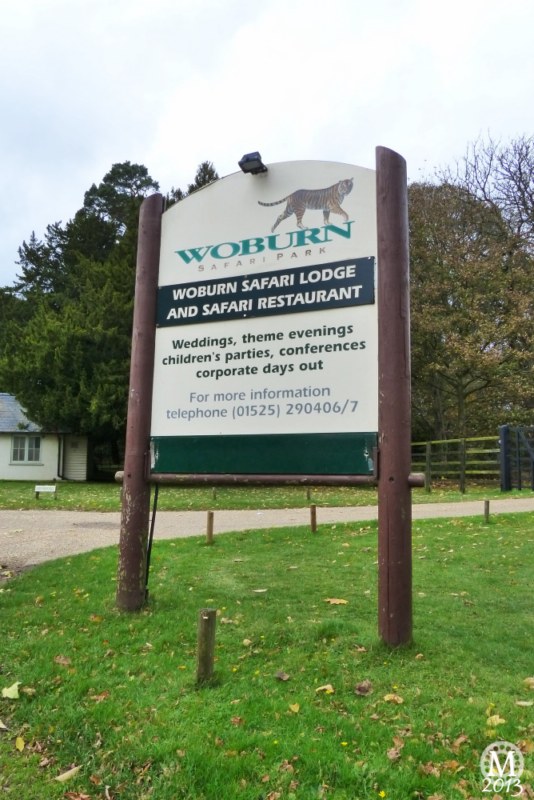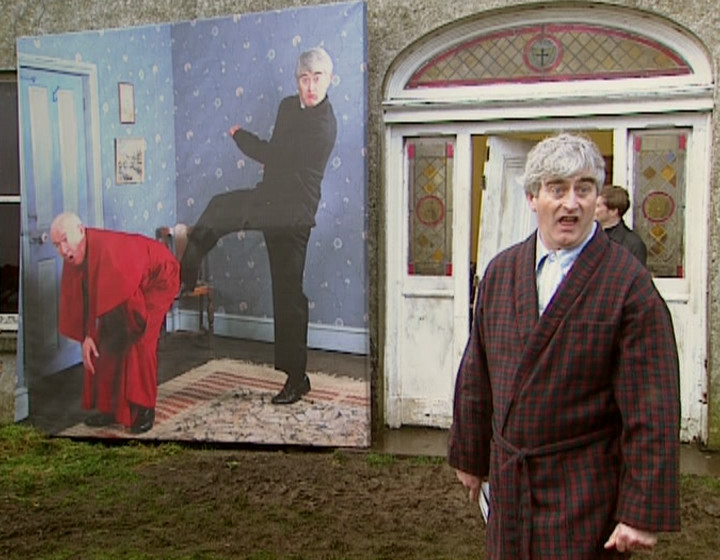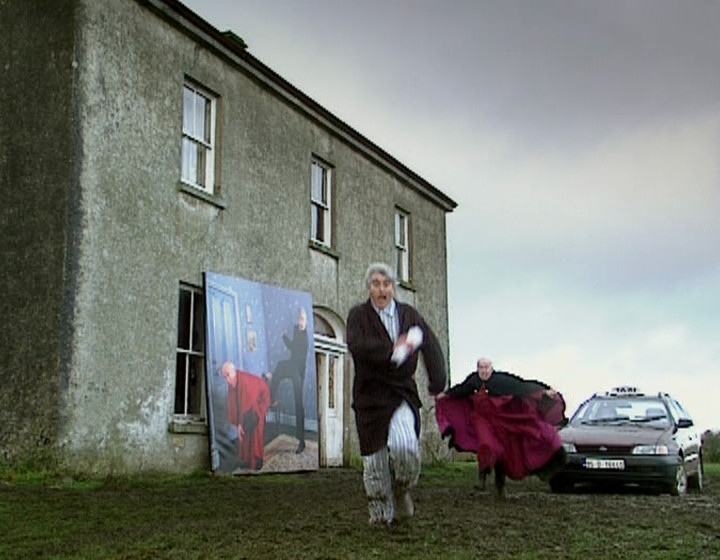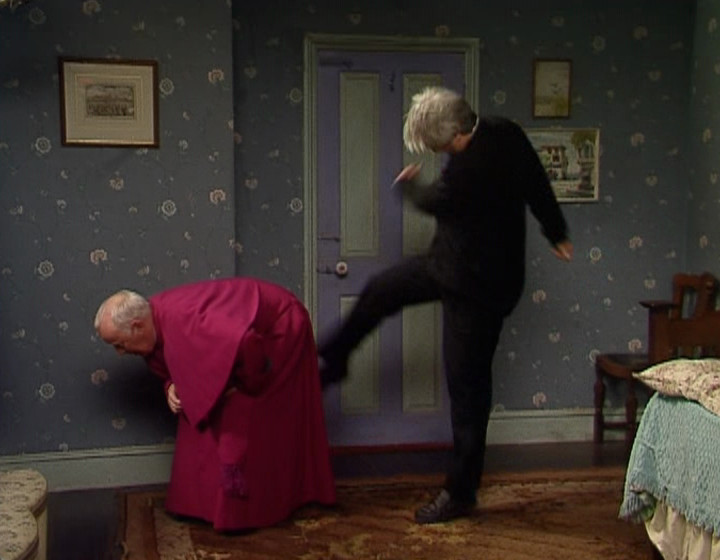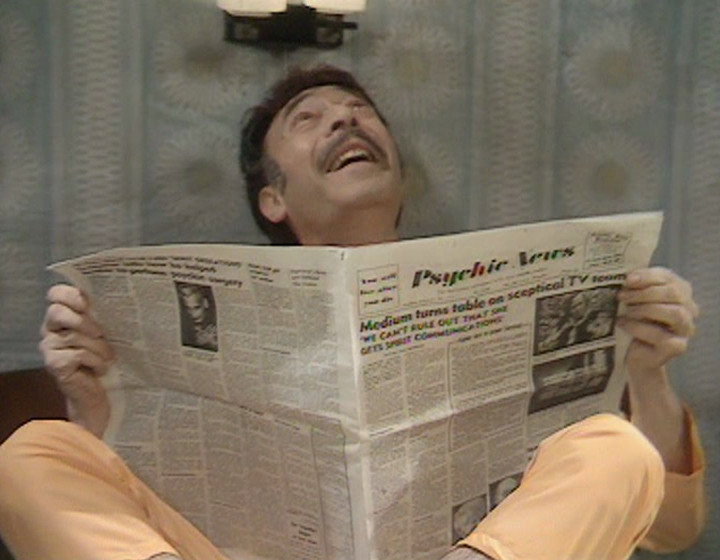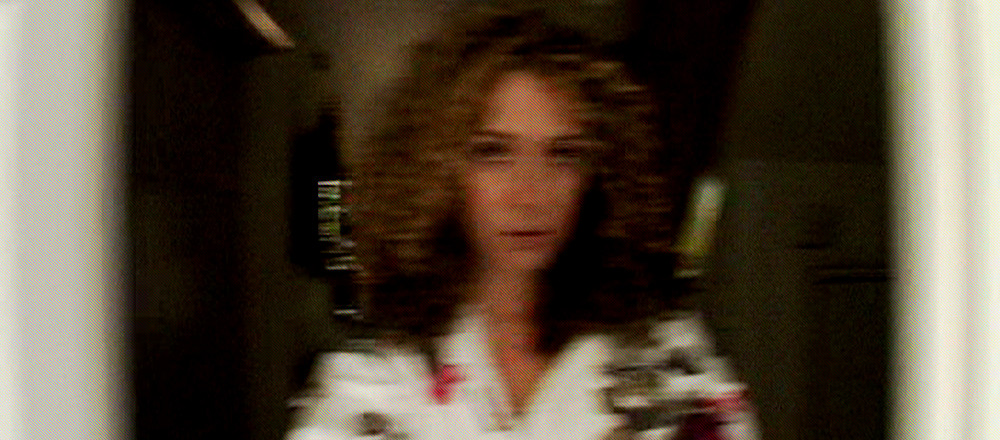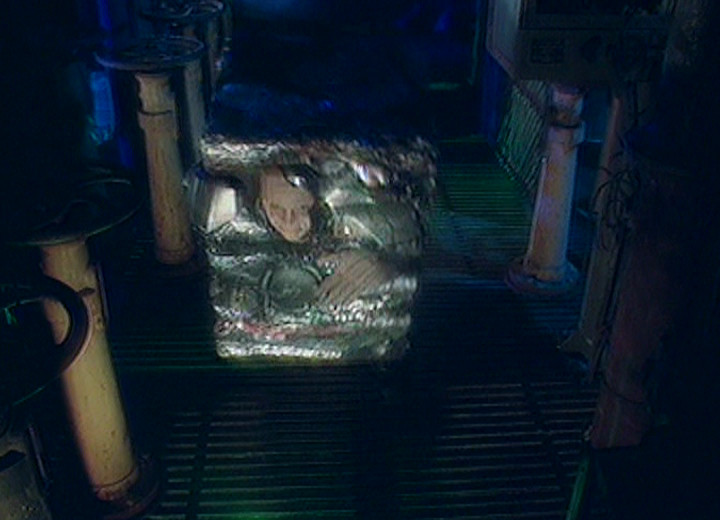Series 1, Episode 7 of Marion & Geoff, first broadcast on the 7th November 2000, is different from every other episode in the first series of that show. How?
For the answer, let’s turn to the excellent DVD commentary, with Blick and Brydon.
HUGO BLICK: We’ve got to be honest with you, viewers. We structured nine episodes, we knew exactly where we were with nine episodes. What happens is, we sit in a room, we talk about the character, and Rob improvises, and I’m listening to what he’s doing. And I often go away, and kind of construct all his brilliant improvisations… and I get loads of material I can’t use, because the spine of the story takes it in a different direction.
So I thought ‘Well, let’s just leave one episode open, and put him into an area where he’s waiting for something to happen, and use all those lovely improvisations, to just put them in.’ And so we came up with this cunning device, that we would take you to a zoo. […]
ROB BRYDON: There are some great gags in this episode that I like.
HUGO BLICK: We just threw them in!
ROB BRYDON: But you also get a bit of history, you get a bit of backstory…
HUGO BLICK: Yeah, yeah, yeah… I was never casual about the whole construction. But it is remarkable, we just sewed them together. I remember saying ‘Right, try that one. Remember that one? Do that one.’
Which is very interesting, but far too much of a useful insight for Dirty Feed. What I really want to know is exciting stuff like: which exact safari park does Keith visit?
At first, the answer seems obvious enough. At the end of the episode as it appeared on first transmission, we get a shot of a sign. Wyvern Safari Park. Brilliant.
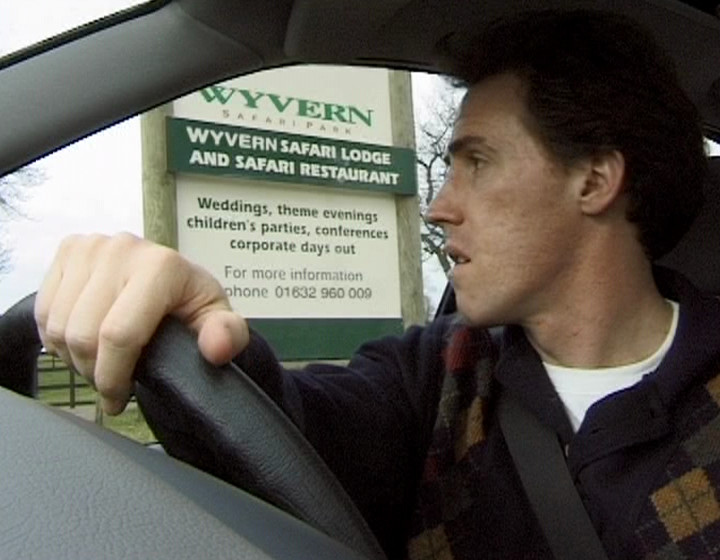
The only problem: Wyvern Safari Park doesn’t exist. I’m sure this is obvious to those of you who know your safari parks. I am not a safari park expert, and I had no idea. So like a fool, I went looking for Wyvern… and was mildly surprised when I couldn’t find it.
Luckily, the commentary track on the DVD reveals the answer:
HUGO BLICK: You will see at the very end that the place that we went to we stop outside, and it looks like a blatant kind of advertisement. It wasn’t, it was just where we stopped. The sign and the name is there. A large amount of this production budget was spent on airbrushing out the name of the real place, and it’s now called something else…. there we are. Wyvern.
ROB BRYDON: Is there no such place?
HUGO BLICK: I feel you might find that there isn’t.
With that knowledge in mind, it’s easy to tell that the sign has been altered in post-production. In fact, so easy, that I’m surprised I didn’t notice when I first watched it. The WYVERN in WYVERN SAFARI LODGE is too big and in the wrong font, and the phone number is in the wrong font as well.1 Indeed, the phone number 01632 960 009 is recommended by Ofcom for productions to use as a dummy number.
What the commentary track doesn’t reveal, however, is what the name of the real place was. It’s not too hard to work it out, though: the answer is clearly Woburn Safari Park, in Bedfordshire. The following photo, uploaded to Flickr in 2014, is clearly either the same sign, or an identical copy close by:
Woburn has had a rebrand since then, and a brand new logo; I highly suspect the above sign has been replaced by now. But if anybody wants to do some field research, by all means do so.
Still, it’d be nice to see the original shot of Keith driving past the Woburn sign, wouldn’t it?
To be fair, when Keith starts the car and the sign moves, they do an extremely good job at tracking the movement on the changed elements. Very well done for a TV show made in 2000. ↩

